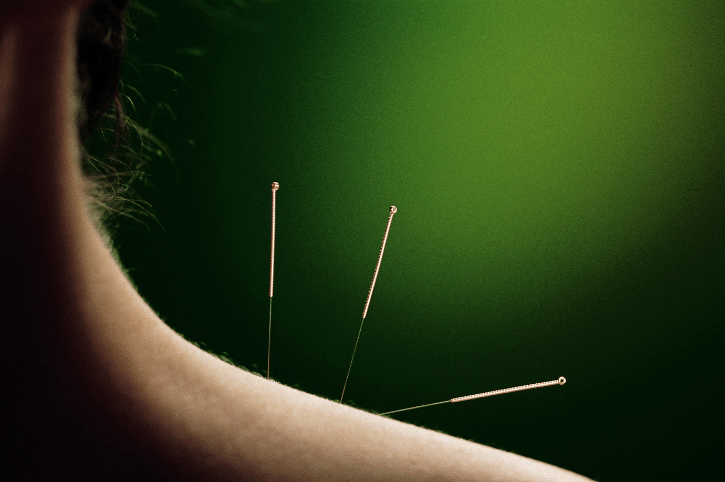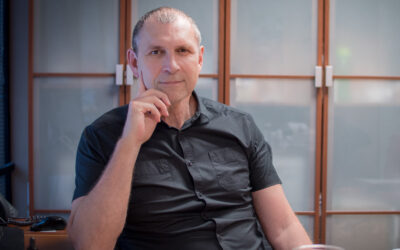The Difference Between Dry Needling and Acupuncture
I have been practicing both dry needling and acupuncture for many years, and a common question I get asked is, “What is the difference between dry needling and acupuncture?” Dry needling and acupuncture are two therapeutic techniques that both involve the insertion of thin needles into specific points on the body to alleviate pain and promote healing. While acupuncture and dry needling share similarities, there are significant differences between the two approaches, including their origins, techniques, and intended outcomes.
Origins of Dry Needling
Acupuncture has been used for over 2,000 years in Traditional Chinese Medicine (TCM). It is based on the concept of Qi, an energy force that flows through the body along specific channels called meridians. According to TCM, disruptions in the flow of Qi can cause health problems. Acupuncture aims to restore the balance of Qi by stimulating specific acupoints along the meridians using thin needles.
Dry needling, on the other hand, is a modern Western technique that has its roots in trigger point therapy. It involves the insertion of needles into myofascial trigger points, which are tight knots in muscles that can cause pain and dysfunction. Dry needling aims to release these trigger points and restore normal muscle function.
Dry Needling Techniques
While both acupuncture and dry needling involve the use of needles, their techniques differ significantly. Acupuncture needles are typically inserted at a shallow angle and left in place for 15-30 minutes. The needles used in dry needling, on the other hand, are inserted more deeply into the muscle tissue and are often manipulated to elicit a twitch response. This twitch response is believed to release the tension in the muscle and promote healing.
Intended Outcomes
One of the most significant differences between acupuncture and dry needling is their intended outcomes. Acupuncture is often used to treat a wide range of conditions, including chronic pain, anxiety, and depression. It is also commonly used to promote overall wellness and prevent illness. Dry needling, on the other hand, is primarily used to treat musculoskeletal pain and dysfunction.
Despite these differences, both acupuncture and dry needling have been shown to be effective in treating pain and promoting healing. A growing body of research has demonstrated that acupuncture can be effective in treating chronic pain conditions such as back pain, neck pain, and osteoarthritis. Dry needling has also been shown to be effective in treating a variety of musculoskeletal conditions, including myofascial pain syndrome, tension headaches, and plantar fasciitis.
While dry needling and acupuncture share similarities and have both been shown to be effective in treating pain and promoting healing, they are fundamentally very different. Due to benefits of both techniques, I generally also include acupuncture points in my dry needling treatments at Acupuncture Atlanta.
Book Dry Needling Appointment
If you would like to schedule an appointment with me to determine which needling technique you will benefit best from, please schedule a Dry Needling First Visit. You may also give us a call at 404-233-5080 ext 106, or speak to a qualified healthcare professional to determine which approach is best for your individual needs.



